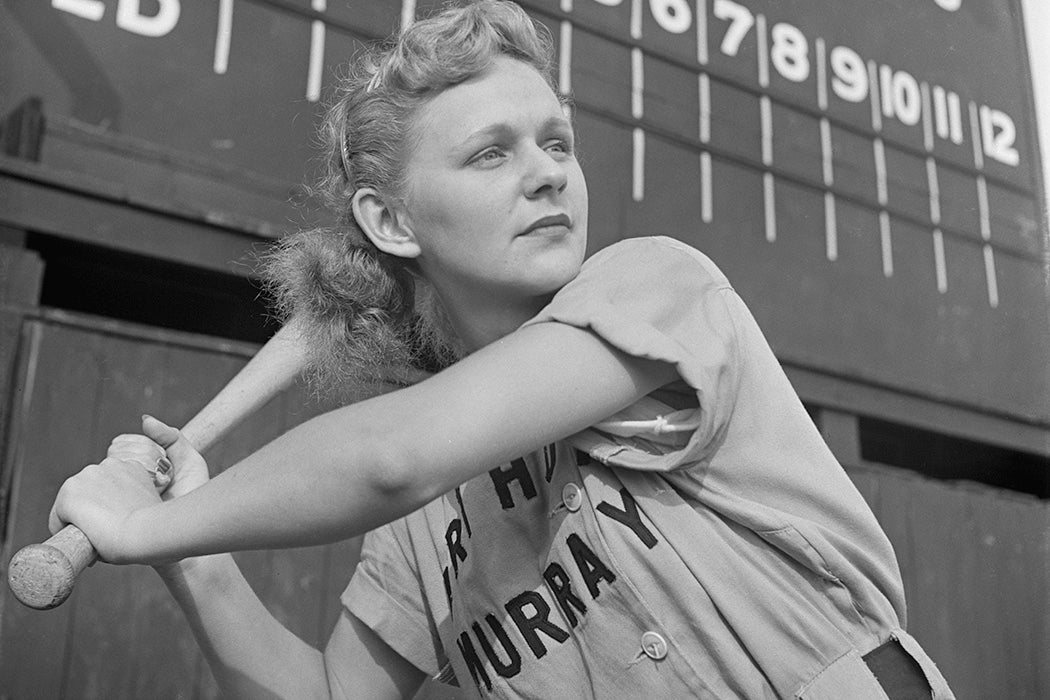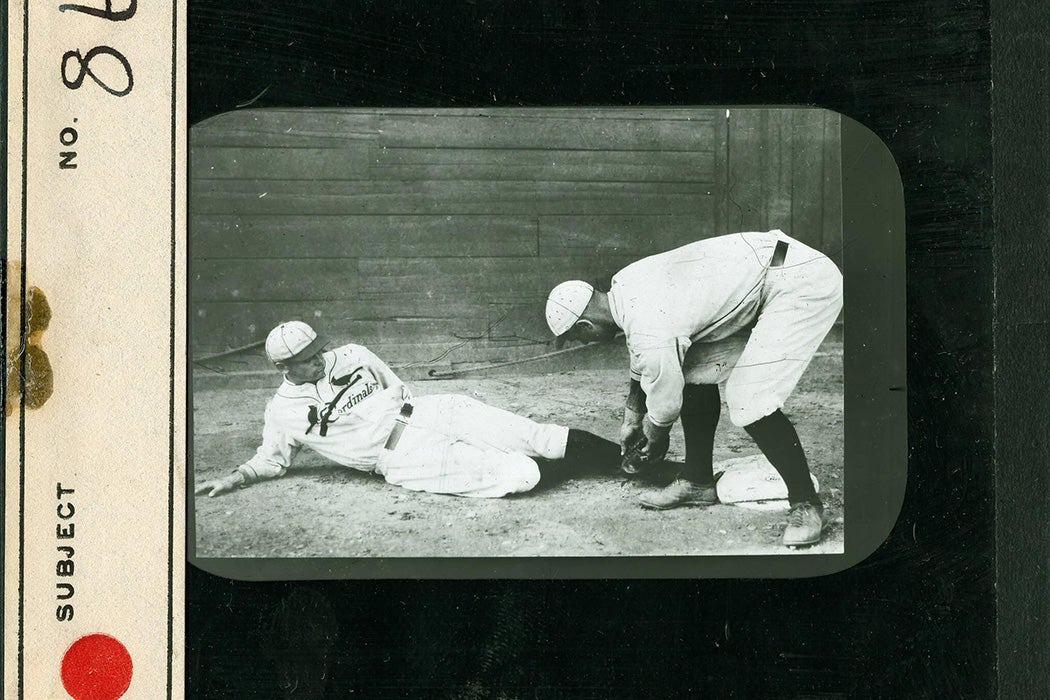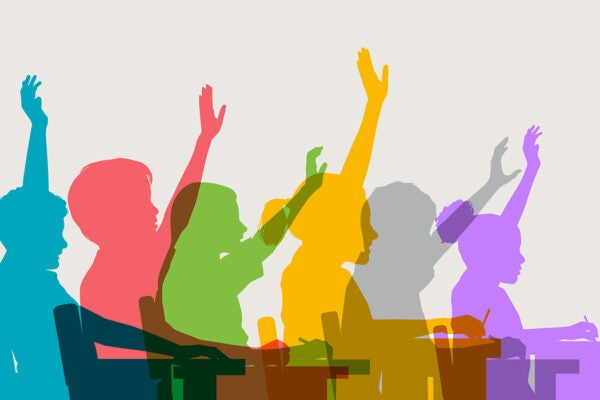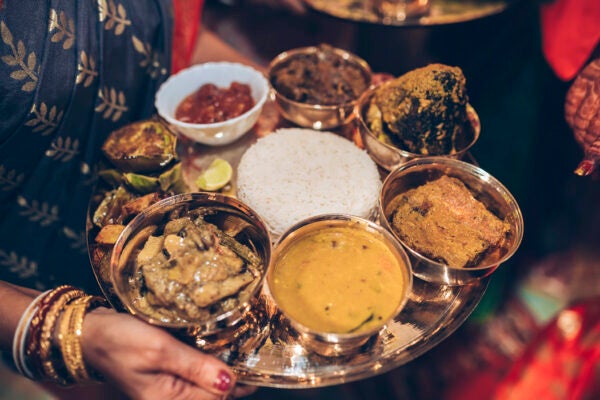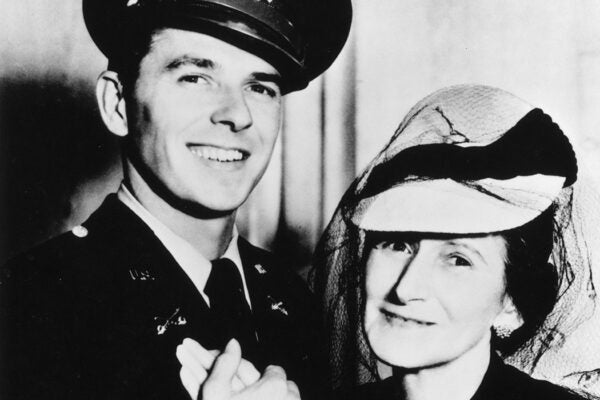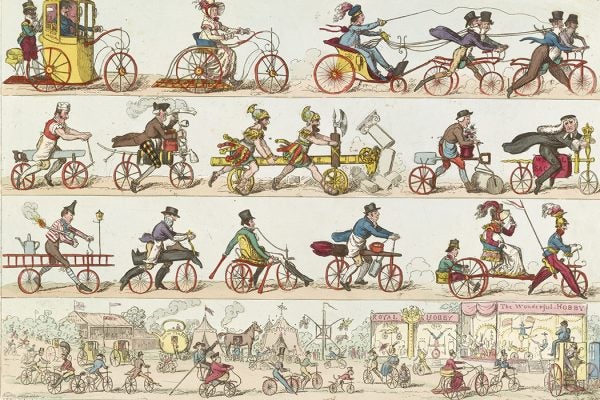For most baseball fans, hope springs eternal on Opening Day.
Many of those fans—more than you might think—are women.
A 2024 survey found that women made up 39 percent of those who attended or watched Major League Baseball games, and franchises have taken notice. The Philadelphia Phillies offer behind-the-scenes tours and clinics for their female fans, while the Boston Red Sox and New York Yankees offer fantasy camps that are geared to women.
The number of women working professionally in baseball has also grown. Kim Ng made history in 2020 when she became the first woman general manager of an MLB team, the Miami Marlins. As of 2023, women made up 30 percent of central office professional staff and 27 percent of team senior administration jobs. In addition, forty-three women held coaching and managerial jobs across the major and minor league levels—a 95 percent increase in just two years.
As a fan and scholar of the game, I’m happy to see more women watching baseball and working in the industry. But it still nags at me that the girls and women who play baseball don’t get much recognition, particularly in the US.
Women Take the Field
In the US, baseball is seen as a sport for boys and men. Girls and women, on the other hand, are supposed to play softball, which uses a bigger ball and has a smaller field.
It wasn’t always this way.
Women have been playing baseball in the US since at least the 1860s. At women’s colleges such as Smith and Vassar, students organized baseball teams as early as 1866. The first professional women’s baseball team was known as the Dolly Vardens, a team of Black players formed in Philadelphia in 1867. Barnstorming teams, known as Bloomer Girls, traveled across the country to play against men’s teams from the 1890s to the 1930s, providing the players with independence and the means to make a living.
More to Explore
How to Play Baseball in the 1920s
The All-American Girls Professional Baseball League, founded by Philip K. Wrigley in 1943, also offered women the chance to play professionally. The league, which inspired the 1992 film “A League of Their Own,” enforced rigid norms of femininity expected at the time. Players were required to wear skirts and makeup while playing and were fined if they engaged in any behavior deemed “unladylike.” Teams were open only to white women and light-skinned Latinas. Black women were not allowed to play, a policy that reflected the segregation of the Jim Crow era.
Three Black women—Connie Morgan, Mamie “Peanut” Johnson, and Toni Stone—did play in the otherwise male Negro Leagues in the early 1950s. However, their skills were often downplayed by claims that they’d been signed to generate ticket sales and boost interest in the struggling league.
The All-American Girls Professional Baseball League folded in 1954, and by the late-1950s women’s participation in baseball had dwindled.
Girls Funneled into Softball
Softball was invented in Chicago in 1887 as an indoor alternative to baseball.
Originally aimed at both men and women, it eventually became the accepted sport for girls and women due to its smaller field, larger ball, and underhand pitching style—aspects deemed suitable for the supposedly weaker and more delicate female body.
The passage of Title IX in 1972 further pushed the popularization of fast-pitch softball, as participation in high school and college increased markedly. In 1974, the National Organization for Women filed a lawsuit against Little League Baseball because the league’s charter excluded girls from playing. The lawsuit was successful, and girls were permitted to join teams.
In response, Little League created Little League Softball as a way to funnel girls into softball instead of baseball. As political scientist Jennifer Ring has pointed out, this decision reinforced the gendered division of each sport and “cemented the post-Title IX segregated masculinity of baseball.”
Girls can still play baseball, but most are encouraged to eventually switch to softball if they want to pursue college scholarships. If they want to keep playing baseball, they have to constantly confront stubborn cultural beliefs and assumptions that they should be playing softball instead.
A Global Game
You might be surprised to learn that the US fields a national women’s baseball team that competes in the Women’s Baseball World Cup. But they receive scant media attention and remain unknown to most baseball fans.
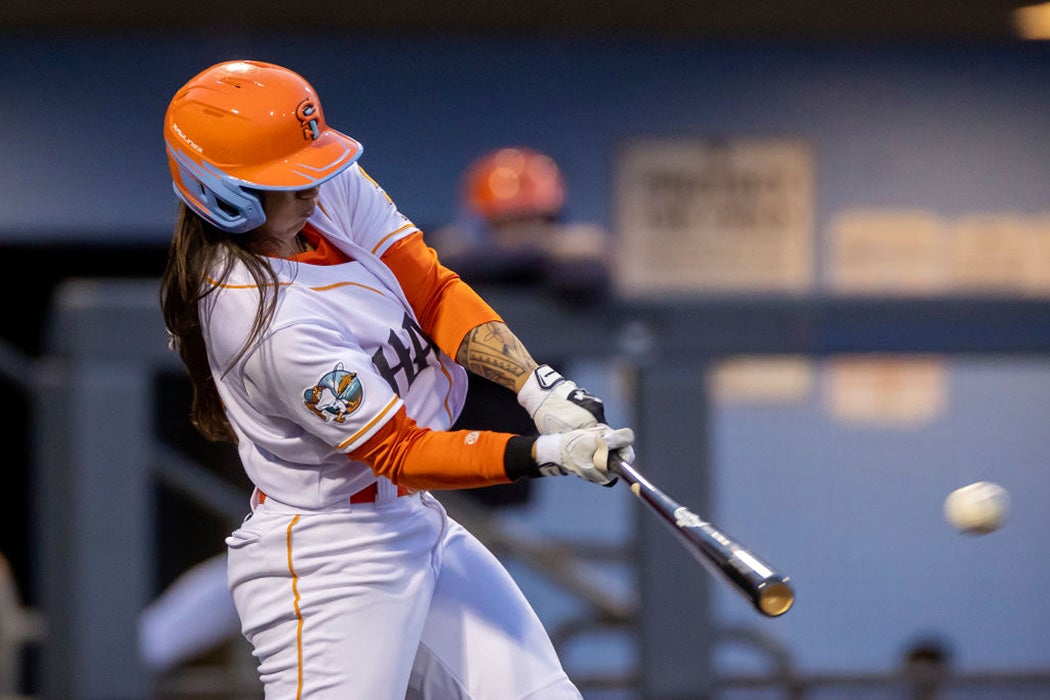
In a 2019 article published in the Journal of Sport and Social Issues, I argued that the US has experienced inconsistent success on the global stage because of a lack of infrastructure, limited resources, and persistent gendered assumptions that hamper the development of women’s baseball. Other countries such as Japan, Canada, and Australia have established solid pathways that allow girls and women to pursue baseball from the youth level through high school and beyond.
That being said, opportunities for girls to play baseball are increasing in the US thanks to the efforts of organizations such as Baseball for All and DC Girls Baseball.
Approximately 1,300 girls play high school baseball, and a handful of young women play on men’s college baseball teams each year. In recent years, numerous women’s collegiate club baseball teams have been established; there’s even an annual tournament to crown a national champion.
Pro League in the Works
Momentum continues to build.
MLB recently appointed Veronica Alvarez as its first girls baseball ambassador, who will oversee development programs such as the Trailblazers Series and the Elite Development Invitational. A new documentary film, “See Her Be Her,” is touring the country to celebrate the growth of women’s baseball and raise awareness of the challenges these athletes face.
Weekly Newsletter
Perhaps most significantly, the Women’s Pro Baseball League announced that it is planning to start play in summer 2026 with six teams located in the northeastern US. Over 500 players from eleven countries have registered with the league, with a scouting camp and player draft scheduled for later this year.
Should the league have success, it will mark a revitalization of women’s professional baseball in the US, a nod to the rich history of the women’s game and a commitment to securing opportunities for the girls and women who continue to defy cultural norms to play the game they love.![]()
This article is republished from The Conversation under a Creative Commons license. Read the original article.
Support JSTOR Daily! Join our membership program on Patreon today.
